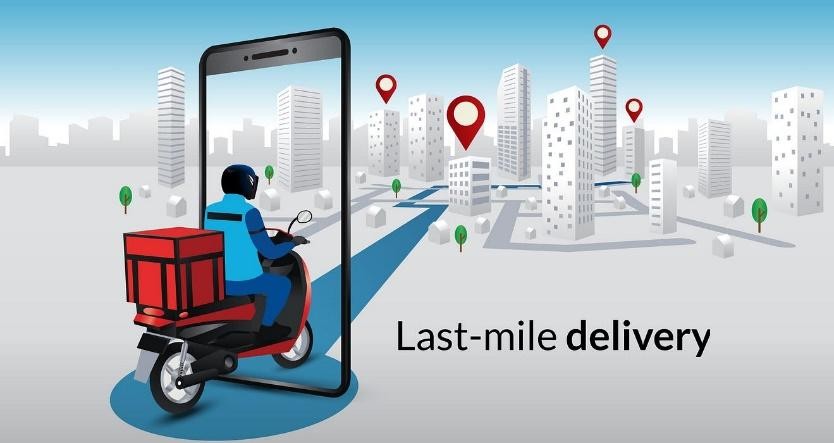Introduction
As global commerce continues to evolve, logistics and supply chain management are under immense pressure to adapt to new consumer expectations, technological advancements, and geopolitical shifts. Logistics companies must innovate and respond to these changes to stay competitive. Here are six critical trends driving the future of logistics management today.
1. AI-Powered Predictive Logistics
Artificial Intelligence is no longer just a buzzword — it’s at the core of modern logistics. AI algorithms now help forecast demand, optimize delivery routes in real-time, and predict potential disruptions before they occur. Logistics firms are leveraging machine learning to reduce delays, enhance efficiency, and cut down operational costs.
Key Example: Predictive analytics tools can now estimate peak delivery times and traffic conditions to adjust dispatch schedules dynamically.

2. Green & Sustainable Supply Chains
Eco-conscious logistics is on the rise. From electric delivery vehicles to carbon-neutral warehousing, companies are under growing pressure to reduce their environmental impact. Customers increasingly prefer businesses that embrace sustainability, making green logistics a competitive advantage.
3. Hyper-Automation of Warehousing Operations
Automation has extended beyond conveyors and forklifts. Warehouse operations are embracing hyper-automation — combining robotics, IoT sensors, and software automation to speed up inventory management and order fulfillment.
What’s Trending:
- Autonomous Mobile Robots (AMRs)
- Smart picking systems
- Real-time inventory updates via IoT devices.
4. Real-Time Visibility & Tracking
Customers and businesses alike demand real-time visibility of shipments. Cloud-based platforms now integrate GPS tracking, barcode scanning, and IoT data to provide live updates across the supply chain.
5. Last-Mile Delivery Innovation
The last mile continues to be the most challenging — and most expensive — part of the delivery journey. Innovations like drone deliveries, smart lockers, and local micro-fulfillment hubs are being tested and rolled out to reduce costs and improve delivery timeframes.

6. Resilience & Risk Management Planning
Companies are investing in supply chain resilience — from diversifying suppliers to using digital twins to simulate disruptions and plan responses in real time.
Why It Matters:
- Faster recovery from global or local shocks
- Better stock control
- Stronger customer trust
Conclusion: Logistics is Getting Smarter, Greener, and Faster
These six trends are not just shaping the future of logistics — they’re defining who leads it. Businesses that evolve with these changes will be well-positioned to meet rising expectations and deliver exceptional service in a hyper-connected world.




